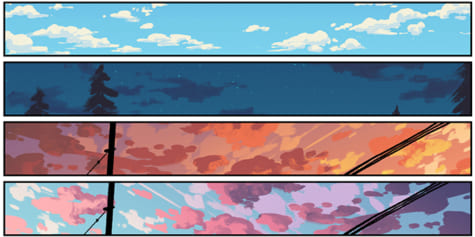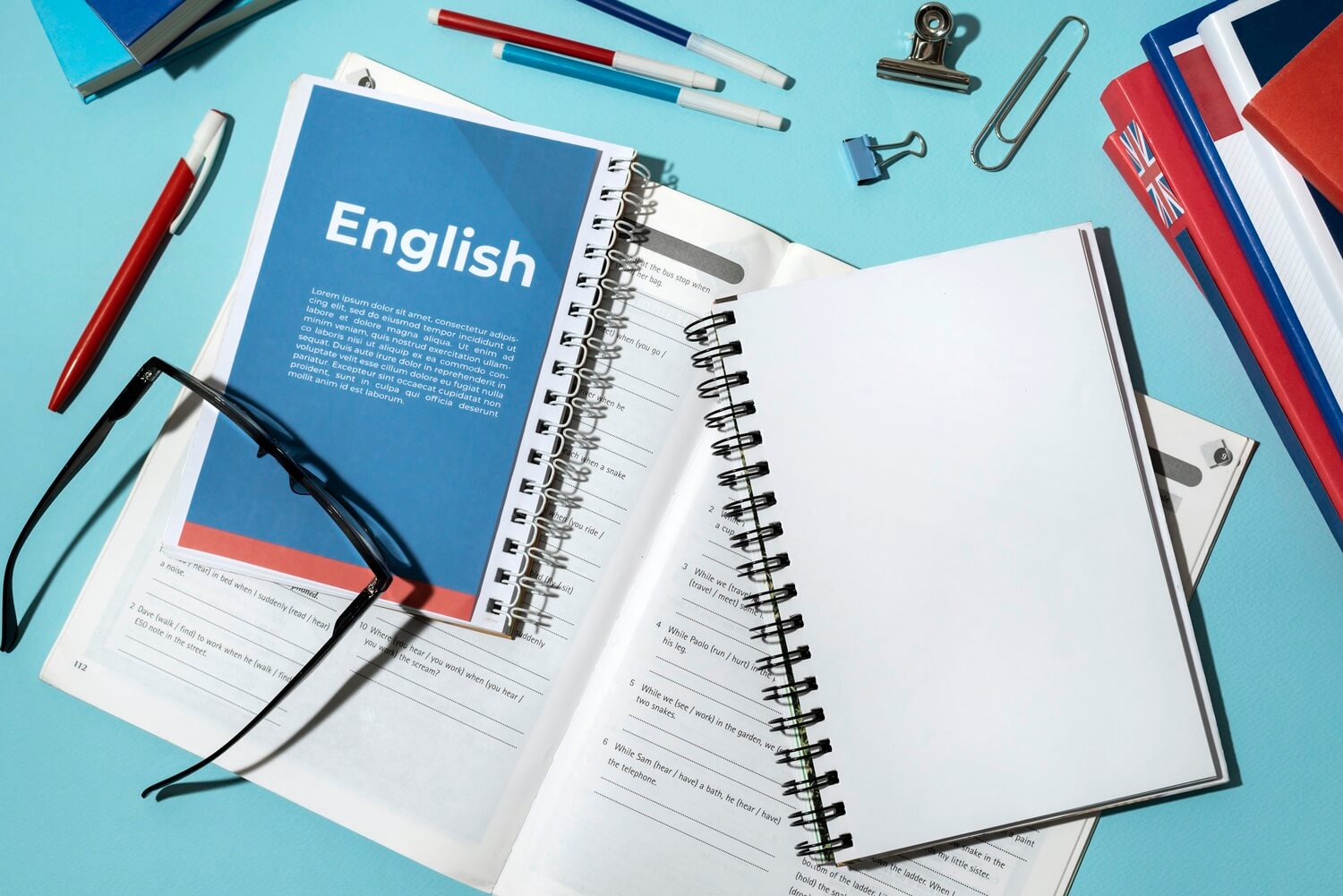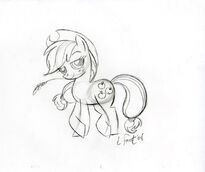https://www.youtube.com/watch?v=UySIUz6lqsI
https://www.youtube.com/watch?v=SBCwTqsrj6Q
I absolutely love flowers! Why you may ask, well to be perfectly honest, flowers are very forgiving when it comes to drawing and painting them. As long as we make sure to keep the main intricate parts of a particular flower where it’s easily recognized, then we are set.
For today’s study, we will be focusing on a Hyacinth flower. So what are the intricate parts that set apart a Hyacinth flower compared to other flowers. First, upon studying the flower, we learn that it’s smaller flowers grow in larger cluster group flowers that appear to make a cone. Next, we find that each of it’s individual flowers have 6 pedals that come together almost like a star. We also learn, on closer examination that these flowers grown in a opened “cone” shape with tiny stamen (or those tiny pollen collectors) at the center. We also learn that their leaves grow closer to the base of the plant and and grow upward in a “tear drop” shape. So, already we have learned a lot about this plant just by observing it. If we can make sure to draw these intricate items into our drawing, someone will easily recognize our flower and be impressed with how detailed our flower turned out.
Your probably thinking now, “Okay that’s great but where do I begin?” Well that’s what I’m going to teach you today. How to draw a Hyacinth flower from scratch.
Prepping Your Paper
- Setting up Your Paper
- On an 8 in by 8 in sheet of watercolor paper, first draw a square box 1 in by 1 in away from the edge of the paper. This will create an exact square border around our drawing.
Step One: Drawing the Stem and Leaf
- Drawing the Stem
- Then with a pencil (I prefer to use 4H because it’s easier to leave lighter lines on the paper) draw a slightly curved line starting from the bottom of the inner box and extending to the upper left corner. If I pretend to place a tic tac toe grid over the box this curved line would be in the lower right corner and extend up to the left upper corner. Now, starting from the base of the stem draw a parallel line that slowly converges at the top of the stem as shown below.
- Drawing the Leaf
- With your pencil, draw a curved triangle jetting out form the corner of your stem as shown below.
- Add smaller lines to represent veins on your leaf. Begin in the center of the leaf and draw lines from the bottom to the top. Then add lines on either side until leaf has the desired amount of veins.
Step Two: Mapping Out and Drawing Your Main Flowers
- Mapping Out Main Flowers
- On the top of your stem, first draw a curved V. This will be the first flower in our cluster.
- Now alternating, as seen below, draw 6 circles down your stem. These will represent our main open “bloomed” flowers.
- Drawing the Open Bloomed Flowers in 3 Ways
- The Basics for All Flowers
- Keep in mind while drawing that Hyacinth flowers have 6 petals which appear similar to dew drops coming out form the center of the flower.
- At the center of each of your circles, draw a small frown..
- The Basics for All Flowers
- The Basics for All Flowers
- Flower Type #1
- For 4 Flowers (the one’s facing almost exactly at us)
- draw 6 lines as shown below exploding from the frown.
- Then, using those lines, draw rounded tear drops around each line -as also shown below.
- 3 Petals should overlap the others. This will help you later with shading.
- Now form the center of the frown, draw 3 to 4 small ovals to represent the stamen (or pollen section) of the flower.
- For 4 Flowers (the one’s facing almost exactly at us)
- For 4 Flowers (the one’s facing almost exactly at us)
- Flower Type #2
- For 1 Flowers (this one is slightly tilted away from us on the left side)
- Draw 5 lines exploding out form the center. Once again draw curved tear drops.
- However, for the last petal-just to add some variety- from the frown draw a curved fan as shown below. Then draw a tiny line above the fan to represent curling of your petal.
- For 1 Flowers (this one is slightly tilted away from us on the left side)
- For 1 Flowers (this one is slightly tilted away from us on the left side)
- Flower Type #3
- For the Last flower (this one is located at the bottom of your stem)
- Erase your frown
- Then redraw it in the same place but turned on it’s side like shown
- Once again draw 5 lines (almost like a star lying on it’s side) form the center.
- On the lines directly opposite each other, draw to rounded dew drops as shown
- The two lines on the bottom, draw more boxed petals as shown
- The line on top, draw a more angled dew drop
- Then draw a curved line connecting the top and left petal like so
- Lastly, draw small ovals inside curved frown
- For the Last flower (this one is located at the bottom of your stem)
- For the Last flower (this one is located at the bottom of your stem)
- Main flowers done!
Step Three: Mapping Out and Drawing Side View Flowers
- Mapping Out Side View Flowers
- We already have one of these mapped out at the top of our stem. Now we just have to map out the rest. Map out 10 more with an angular V shapes as shown in the image below.
- These side view flowers are all drawn the same. The only difference is some are smaller than others and they point in different directions.
- The Basic Structure of a Side View Flower
- (This will mostly likely be the hardest of all the flowers to draw. Don’t get discouraged though, it’s just because our brain doesn’t normally process flowers on their side. we like to think of them fully open to us).
- For this flower I’m only going to use pictures since there are no “shape” words to really describe what I am doing.
Step Four: Adding Background Petals/Flowers
- Since Hyacinth flowers are formed into clusters, they should appear full with little empty space near the stem. To create this look we will add our final drawing detail to the cluster next.
- With your pencil, draw seemingly “tattered” petal shapes behind the main flowers. Then with your pencil, create lines straight through the shape to demonstrate the petal’s direction of growth.
- You can add these shapes wherever you feel necessary. However, make sure not to add to many to the point you loose all your empty spaces. I placed mine closer to the inside of the cluster near the main flowers to help communicate depth. I then placed some smaller “tattered” petals toward the outside of the cluster just to help add balance.
Step Five: Inking Your Flowers
- Outlining
- First outline your flowers, stem and leaf to look similar to a simple coloring page. No details, just simple lines. I used a sketching nib pen from speedball for this step. However, you can also use a Micron Pen I recommend a 01 or a 02 depending on how dark and thick you prefer your lines.
- Details
- Using the same pen as before, on your “tattered” background petals ink the directional lines of these petals in order to see the main flowers better.
- Next on your side flowers, add small lines in the direction of the petal (this shows petal veins). I highly recommend using a Micron 005 for these tiny details.
- Final Details for Flowers
- On your remaining petals, try and locate areas where petals would fold or bend. With very small lines, crosshatch these areas to create texture.
- Finally, on each of the main “blooming” flowers, on ONLY 2 or 3 petals, I drew tiny lines coming from the inside of the flower out to once again show veins and texture. Make sure to only do this technique on 2 or 3 petals for each flower only! If you draw lines on all the petals for one flower it looks unnatural.
- Final Details for Leaf and Stem
- On your leaf, make sure to ink your “vein” lines as shown below. You will notice I left gaps between the lines this helps to keep the eye form becoming to overwhelmed with the inking process. (Remember that sometimes subtle lines can be just as powerful as strong bold ones.) For this section I used my sketching “nibbed” pen..
- Finally, on the stem, in one direction at a slight curve, draw tiny lines to show where the shadow would be located. I once again used the Micron 005 Pen for these details.
And that’s it! You’ve successfully drawn and inked a Hyacinth flower! Make sure to stay tuned for next week’s episode, where I teach you how to paint this Hyacinth!
Love you guys!
Best of Luck in your Art Journey!
Carrie






